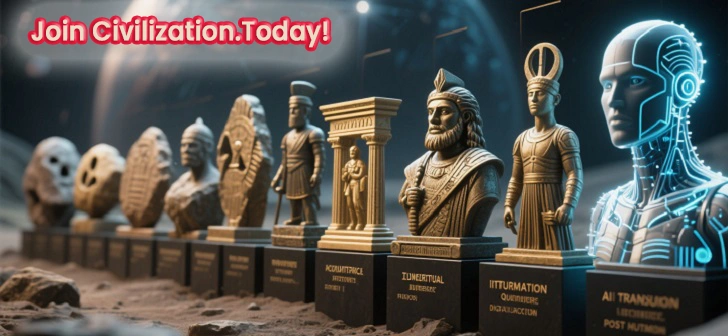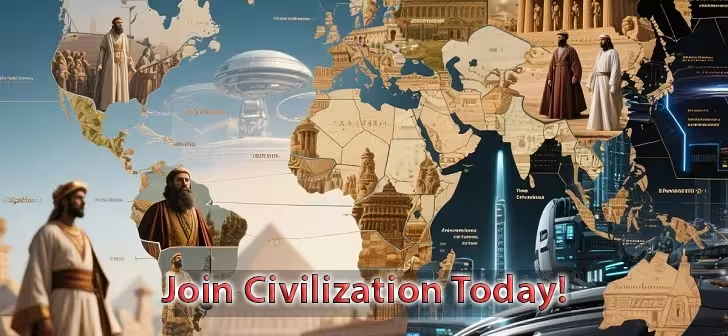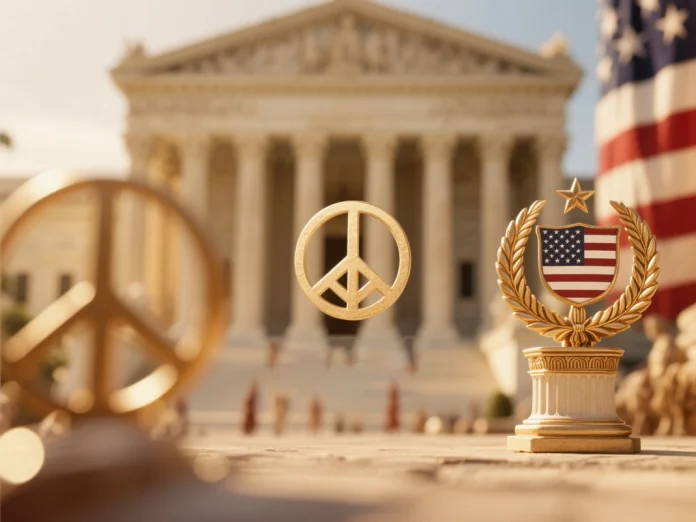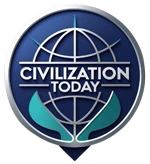What does peace truly mean? Is it merely the absence of war, or is it a carefully constructed system of stability, power, and ideology? Throughout history, great empires and modern superpowers have tried to define peace in their own terms, giving rise to what historians call Pax Romana and Pax Americana. At the heart of these grand experiments lies the Philosophy of Peace—a set of ideas that explores how nations secure stability, control conflict, and maintain dominance under the guise of harmony.
The journey from ancient Rome’s imperial order to America’s global leadership unveils not just political strategies, but a deep philosophical evolution of what peace actually represents. This article dives into the origins, practices, and challenges of peace, tracing its philosophical lineage across centuries.
The Philosophy of Peace in Antiquity
The Roman Empire offers one of the earliest examples of institutionalized peace. The Pax Romana, which lasted roughly 200 years (27 BCE – 180 CE), was not born out of altruism but out of pragmatic governance. Augustus, the first emperor, promoted peace as a political strategy: wars were minimized at the center of the empire, while military campaigns continued at its frontiers.
Here, the Peace Philosophy meant order through law, roads, and centralized authority. Peace was maintained by strength, infrastructure, and a shared Roman identity that tied diverse peoples together. Yet, it also meant silencing dissent and enforcing conformity. Philosophically, it reflected the Stoic idea that harmony arises when individuals and states submit to a higher order.
Medieval and Early Modern Shifts
The fall of Rome plunged Europe into centuries of fragmentation. Peace became a fragile, religiously infused concept, guided by Christianity’s emphasis on reconciliation. The Peace of God and the Truce of God movements in the Middle Ages sought to limit violence through moral persuasion, an early attempt to merge spiritual authority with social stability.
By the time of the Renaissance and Enlightenment, thinkers like Erasmus and Immanuel Kant redefined the Philosophy of Peace. Kant’s Perpetual Peace proposed that republics, free trade, and international cooperation could form the basis of lasting harmony. This was a turning point: peace was no longer just about empire or religion—it was about rational systems of governance and collective agreements among nations.
Pax Americana: A Modern Interpretation of Peace
Fast forward to the 20th and 21st centuries, and the United States emerges as the new Rome. After World War II, the term Pax Americana described the relative global stability maintained by U.S. economic dominance, military presence, and cultural influence.
Here, the Philosophy of Peace took on new dimensions:
- Economic Peace. Stability through globalization, free trade, and financial interdependence.
- Military Peace. Balance maintained by deterrence, alliances like NATO, and interventions in conflicts worldwide.
- Cultural Peace. Soft power spread through Hollywood, technology, and democratic ideals.
But unlike Rome, America’s peace project is complicated by ideological contradictions. While promoting democracy and freedom, it also engages in interventions, covert wars, and geopolitical maneuvers. The Philosophy of Peace in this context is both idealistic and pragmatic—an attempt to reconcile power with principle.
Comparing Pax Romana and Pax Americana
Though centuries apart, Pax Romana and Pax Americana reveal striking parallels:
- Both claimed to bring order to a chaotic world.
- Both relied on superior military power to enforce peace.
- Both offered infrastructure—roads and aqueducts in Rome, internet and trade networks in America—as tools of unity.
Yet, there are differences too. Rome imposed peace by assimilation and suppression, while America seeks to foster peace through influence, partnerships, and economic interdependence. Still, critics argue that both empires’ peace came at a cost—silencing weaker nations in the name of stability.
The Challenges to the Modern Philosophy of Peace
In today’s world, the idea of peace faces new tests. Rising multipolarity, with powers like China and Russia asserting influence, challenges America’s global order. Cyber warfare, terrorism, climate change, and economic instability further complicate the definition of peace.
Is peace now about military dominance, or does it require cooperation on global issues? Can the Philosophy of Peace evolve beyond empire and geopolitics into something more inclusive—where peace is defined not just by superpowers but by shared humanity?
The Future of the Philosophy of Peace
The transition from Pax Romana to Pax Americana shows us that peace is never static—it adapts to the political, cultural, and technological realities of its time. The next stage in the Philosophy of Peace might involve:
- Global Governance. Stronger international institutions to mediate disputes.
- Technological Peace. Using AI, diplomacy, and communication to prevent conflict.
- Ecological Peace. Recognizing that climate stability is inseparable from human peace.
If history teaches us anything, it’s that peace is both fragile and enduring, shaped by power but also by ideals. The Peace Philosophy must keep evolving if humanity is to survive the challenges of the 21st century.
Conclusion
From Augustus’ Rome to Washington’s White House, the quest for peace has been a defining feature of civilization. But peace is not simply the absence of war—it is a deliberate construction of order, stability, and shared values. The Philosophy of Peace, stretching from Pax Romana to Pax Americana, reminds us that peace is as much about power as it is about principle.
As we look toward the future, the challenge is clear: can humanity move beyond imperial notions of peace and create a truly cooperative world? The answer may determine the survival of civilization itself.




